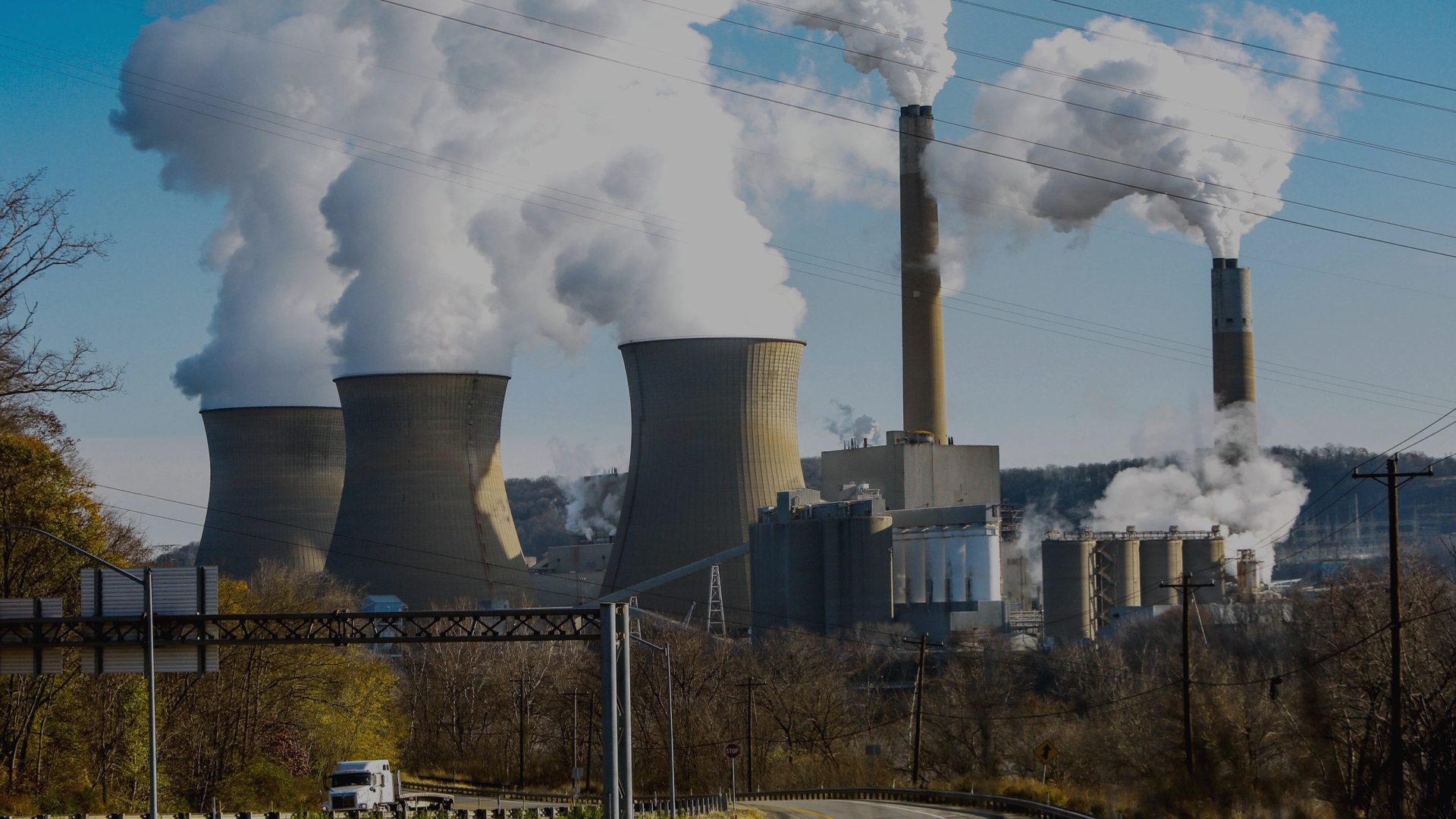Basics on types and functions of ESP and the usage of high voltage technology
Electrostatic precipitators are mostly used to clean waste gases from dust and aerosols. They consist of housings which contain electrodes and strong electric fields. In the electric fields the particles are electrically charged and then separated from the gas and collected on the electrodes. From there the particles are moved to transport systems to be brought to deponies.
The electrostatic precipitator collecting electrodes can be shaped as plates or as tubes, the surfaces of the electrodes can be dry or wet. The corona electrodes which make the counter polarity to the collecting electrodes, can have different kinds of shape, in principle they are sharp edged to permit electrons to emit from them and charge the particles.
The strong electric fields are produced by high voltage direct current power supplies of different characteristics:
- Systems with pronounced ripple (Single Phase Current Systems)
- Systems with small ripple (Three Phase Current Systems)
- Systems for special applications (Micro Pulse Systems)



